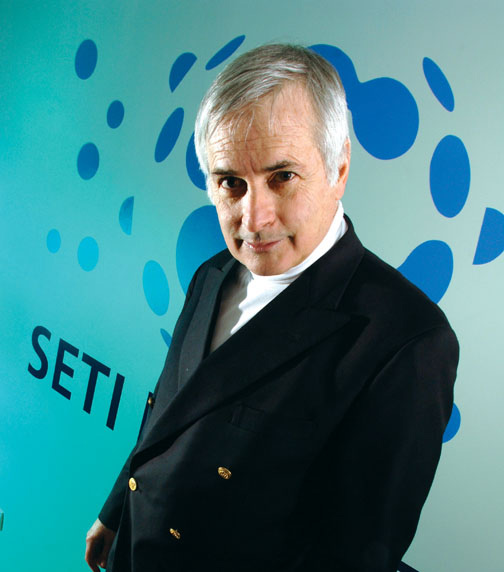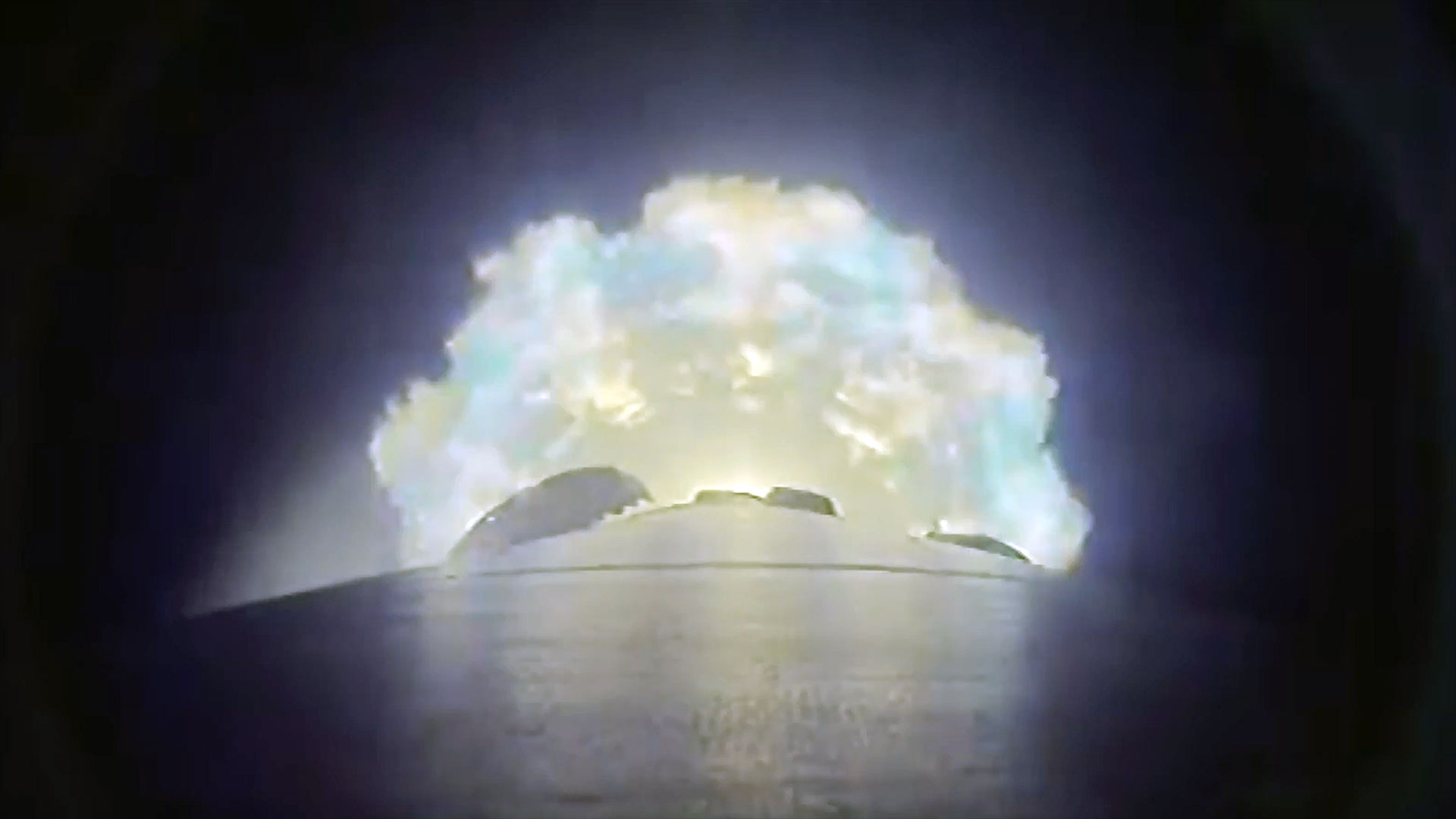Looking for E.T.? Try His Artificial Intelligence Instead, Astronomer Says

Peoplehave always held a biased view of the world around them. It?s an aspect ofbeing human.
Ittook until the 17th century for us to reject Aristotle's vision of a universewhere our sun and the stars revolved around the Earth. Search for ExtraterrestrialIntelligence (SETI) senior astronomer SethShostak points out that up until a century ago, the scientific communitybelieved a vast engineering society was responsible for building an irrigationsystem on the surface of Mars.
Discoveringthe Martians could, in principle, be done by simply turning an Earth-basedtelescope in the direction of the Red Planet. Now it seems that our best chancefor findingMartian life is to dig deep into the surface in search of subterraneanmicrobes.
Ouridea of extraterrestrial life has changed drastically in 100 years, but oursearch strategies have not kept up.
Inhis upcoming paper "What E.T. will look like and why should we care?"for the November-December issue of Acta Astronautica, Shostak arguesthat SETI might be more successful if it shifts the search away from biologyand focuses squarely on artificialintelligence.
Shostaksees a clear distinction between life and intelligence: he says we should besearching for extraterrestrial machines.
?Continuingto hunt for our analogs ? technically competent biological sentients ? may bean enterprise with less than promising prospect, as it focuses on a highlytransient prey,? Shostak says.
Breaking space news, the latest updates on rocket launches, skywatching events and more!
Ourown technological advances since World War II make a great case for hisposition. Medical advancements since the 1950s show human beings becoming morebionic as digital and mechanical breakthroughs have found their way into ourbodies. The development of true Artificial intelligence (AI) is, by someestimates, just a few decades away.
Whenconsidering Moore's Law?which shows a pattern of accelerating returns intechnological improvement?Shostak is forced to believe humanity?s main role inthe universe might be the creation of its successor.
?Thecontinued exponential growth in computer power implies that even consumer-gradecomputers will have the processing power of a human brain by the year 2040,? hesays.
Ifand when we do create true AI, it would surpass us quickly. An AI would havethe power to self-direct its own evolution.
?Ifwe build a machine with the intellectual capability of one human, then withinfive years, its successor is more intelligent than all humanity combined,? hesays.
Thewindow between a society?stechnological birth and its shift to artificial intelligence is amazinglysmall.
?Onceany society invents the technology that could put them in touch with thecosmos, they are at most only a few hundred years away from changing their ownparadigm of sentience to artificial intelligence,? he says.
Becauseartificial sentience would almost inevitably outlast and outperform its fleshy,needy predecessors, Shostak concludes that any aliens we detect will be machines.
Extraterrestrialmachines would be infinitely more intelligent and durable than thebiological intelligence that invented them. Intelligent machines would in asense be immortal, or at least indefinitely repairable, and would not need toexist in the biologically hospitable "GoldilocksZone" most SETI searches focus on.
AnAI could self-direct its own evolution. Every new instance of an AI would becreated with the sum total of its predecessor?s knowledge preloaded.
Themachines would require two primary resources: energy to operate with andmaterials to maintain or advance their structure. Because of theserequirements, Shostak thinks SETI ought to consider expanding its search to theenergy- and matter-rich neighborhoods of hot stars, black holes and neutronstars.
Bokglobules are another search target for sentient machines. These dense regionsof dust and gas are notorious for producing multiple-star systems. At aroundnegative 441 degrees Fahrenheit, they are about 160 degrees F colder than mostof interstellar space.
Thisclimate could be a major draw because thermodynamics implies that machinerywill be more efficient in cool regions that can function as a large "heatsink". A Bok globule?s super-cooled environment might represent theGoldilocks Zone for the machines, says Shostak.
Butbecause black holes and Bok globules are not hospitable to life as we know it,they are not on SETI's radar.
?Machineshave different needs,? he says. ?They have no obvious limits to the length oftheir existence, and consequently could easily dominate the intelligence of thecosmos. In particular, since they can evolve on timescales far, far shorterthan biological evolution, it could very well be that the first machines on thescene thoroughly dominate the intelligence in the galaxy. It?s a ?winner takeall? scenario.?
?Whileit?s not easy trying to figure the best SETI strategy to uncover these supersentients, it seems worthwhile to spend at least some of our SETI efforts tryingto establish their presence,? he adds.
- Ten Alien Encounters Debunked
- Early Attempts to Contact Aliens
- If Aliens Exist, They Will Probably Love Bach
